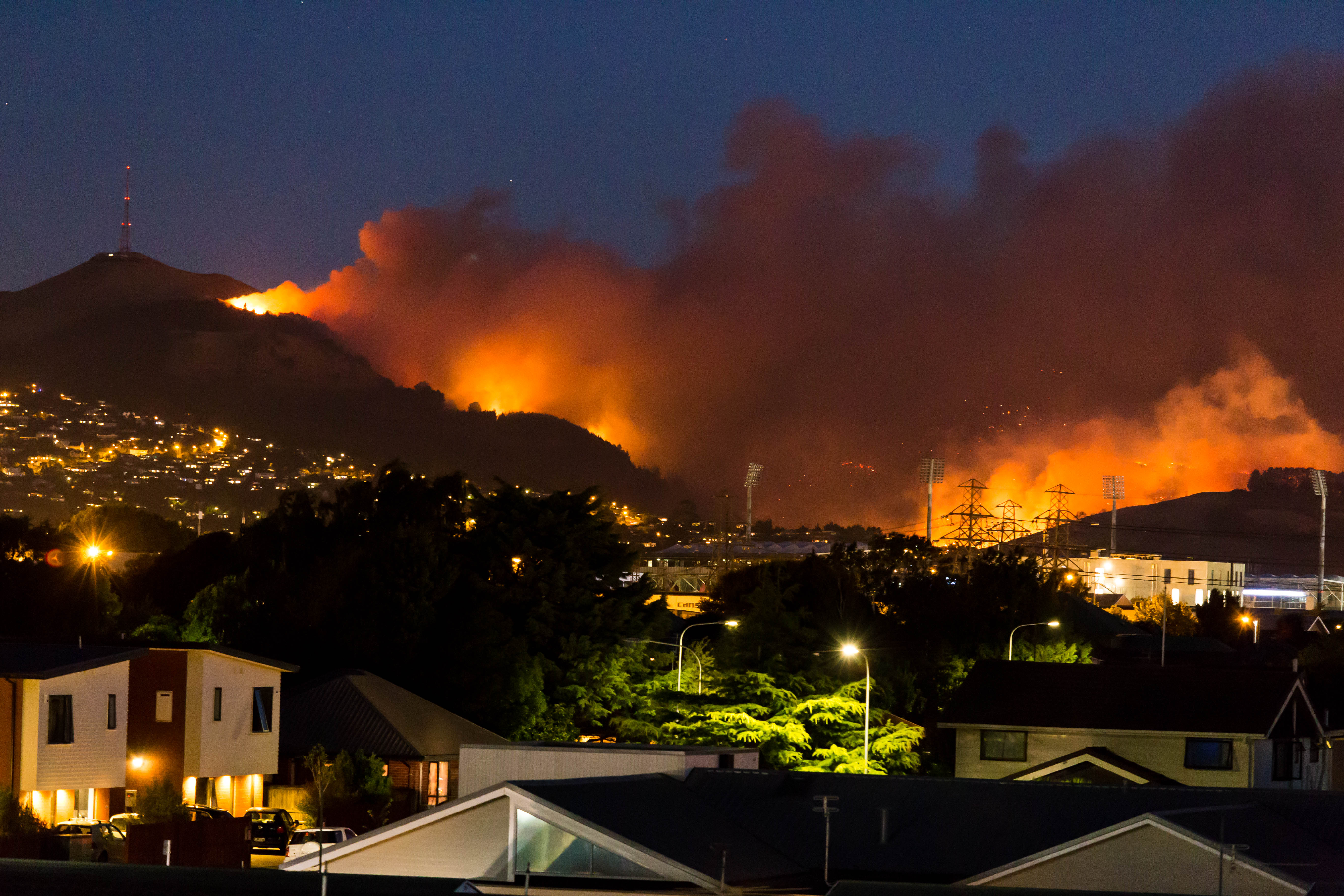Media release
From:
The frequency of some types of fires in cities as a result of climate change is projected to increase in the coming decades according to a modelling study published in Nature Cities. The findings are based on data from 2,847 cities in 20 countries and could be useful for future urban planning and emergency response strategies.
Fires across the world cause an estimated 50,000 deaths and 170,000 injuries every year. However, future trends of fire frequency in urban environments are uncertain, even though they often cause more human casualties and economic damage than some other fire types, such as wildfires. This lack of understanding might compromise regional fire resource management and urban planning.
Long Shi and colleagues gathered data from urban fire departments in 2,847 cities across 20 countries — including the USA, UK, Australia and China — to establish a global database of city-level fire incidents for 2011–2020. The authors then quantified changes in the frequency of various types of urban-fire incidents, including the burning of city buildings, vehicles and outdoor areas (such as landfill sites), in response to a warming climate. Using this historical dataset, the authors assessed the likely effect of global warming on the frequency of the various urban fire types, based on different Intergovernmental Panel on Climate Change (IPCC) climate scenarios. Shi and colleagues projected that, by 2100, there could be an 11.6% increase in vehicle fires and a 22.2% increase in outdoor fires, but a 4.6% decrease in building fires, under a high greenhouse gas emission scenario (SSP5–8.5). They also report an estimated total of 335,000 fire-related deaths and 1.1 million fire-related injuries between 2020 and 2100, attributable to global warming, across all cities in this study.
The authors argue that the findings can serve as a foundation for developing new strategies to combat fires, such as improving the management of fire fuel. However, they note that their analysis does not contain data from Africa and South America, and that the findings on vehicle fires might not reflect recent shifts to electric vehicles.



 Australia; New Zealand; International
Australia; New Zealand; International



